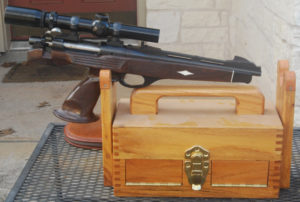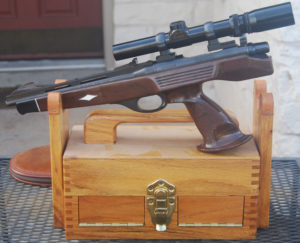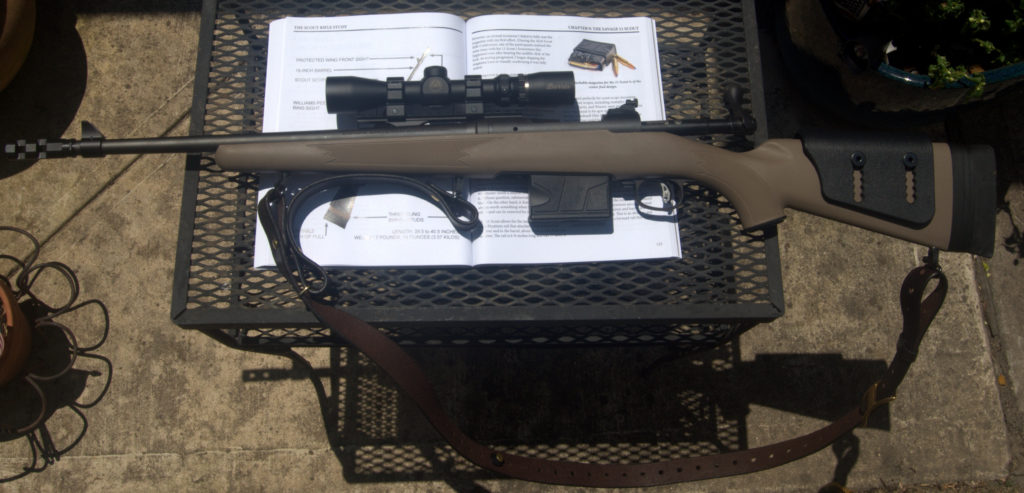I really enjoy Rachel By the Bay’s writing, but I specifically wanted to bookmark this: “My list of magic numbers for your turkey day enjoyment“.
A couple of personal additions (hey, if Rachel can add C-64 and VIC-20 magic numbers, I can add these):
POKE 65495,0: On the old Radio Shack Color Computer, this sped up the CPU. Specifically, according to the Intertubes: “POKE 65495,0 would cause the processor to run at double speed ( 1.795 MHz ) when accessing instructions in ROM and Normal Speed ( 0.895 MHz ) when accessing DRAM.” It also messed up the timing for tape input and output, so you had to disable it before saving or loading from tape. POKE 65494,0 would return the system to normal.
POKE 65497,0: This switched the processor fully to double speed for all memory access, including DRAM. It also disabled video: you basically just got snow on your monitor until you reset the system with POKE 65496,0.
Edited to add #1:
Worth keeping in mind. For OPSEC purposes, I set the EXIF location data in many of the photos I take (especially firearms photos around the house) to 0.000000 north and 0.000000 west.



